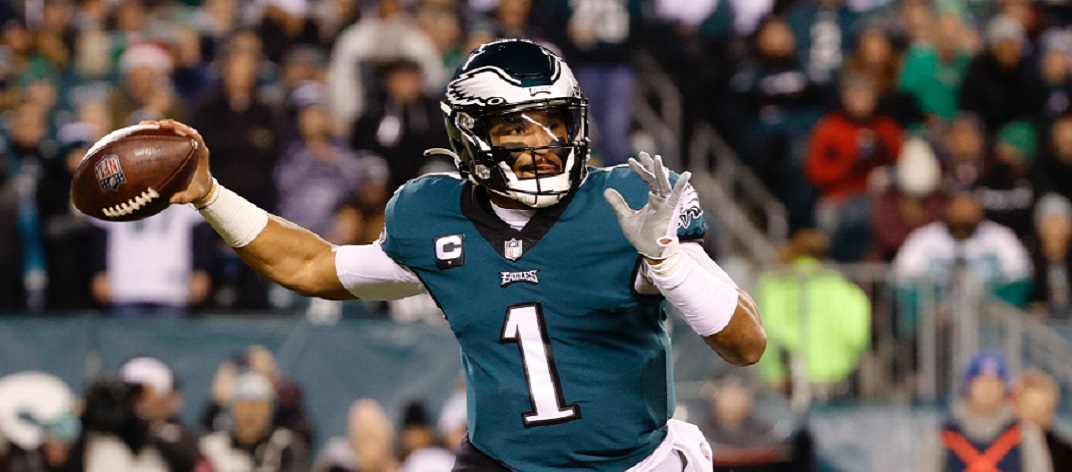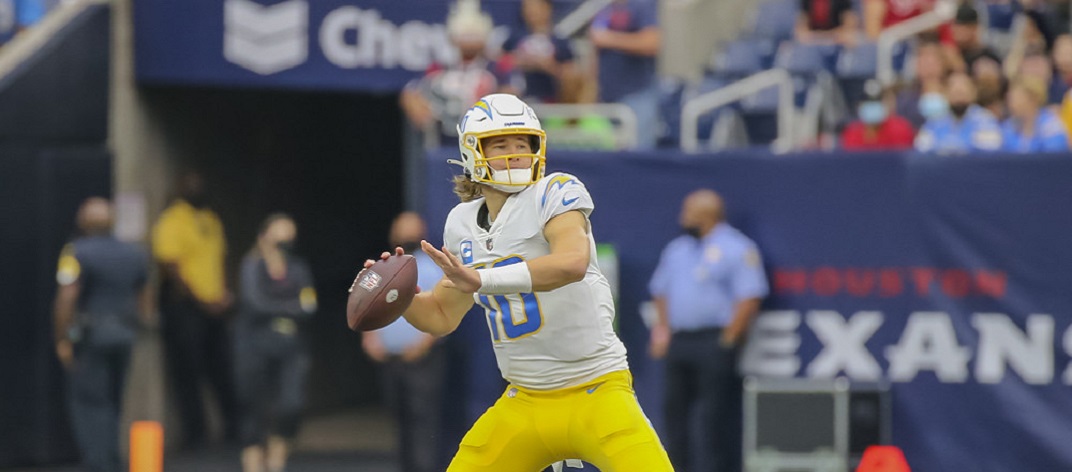Weather Conditions
By Staff Writer John Belaska
There are many different factors that will cause a player to perform a certain way. The big ones are pretty obvious. Players always do better for the home crowd. If a player is injured and cannot go in the game, obviously you do not want him in your starting lineup. However, there are other things to consider that may not be so obvious. The most overlooked factor when deciding on your starting fantasy football lineup is the weather conditions.
We cannot control the weather. We can, however, control what we do about the weather. Make no mistake the different types of weather conditions have an effect how well a player performs. Different conditions bode well for different positions. Understanding how these conditions affect the game will help you decide who the best player is to put in your starting lineup.

Remember that snowed out game against the Lions? LeSean McCoy rushed for over 200 yards and two touchdowns.
More often than not, your players will be performing in what are known as prime conditions. It is pretty simple to evaluate if the weather should be considered a prime football condition. If a player is playing in a dome, then everything is going to be perfect. They will not have to worry about rain, snow, or heat exhaustion. However, if a player in playing outside, prime conditions are not too hot and not too cold. One thing to always watch for is high humidity and expected precipitation. In a prime condition game there is low level of humidity and no chance of precipitation.
Humidity and precipitation are almost the same things. Precipitation is water falling from the sky. Humidity is water in the air. Both affect how the game of football is played. When the conditions for football is best it means there is very little water in the air. This bodes best for quarterbacks and wide receivers. This is because the less water that is in the air, the lower the chance is that the ball will slip out of one’s hands. In today’s NFL, team love to air out the football. When conditions are best for it, teams will elect to pass the football often.
Since precipitation is water falling from the air it should not be too hard to evaluate what it is. It is a fancy, scientific word for rain or snow. Fog is also a form of precipitation. Fog happens when the humidity is at its greatest, but there is not enough water in the clouds for it too rain. Fog is not good for anyone. Rain and snow on the other hand benefits one position. Running backs are often called upon when it is raining or snowing. This is because it is much hard to pass the football.
Snow and rain is best for big, powerful running backs. This is because running between the tackles is the preferred method when this is the weather condition. Scat backs do not tend to do as well. Scat backs are typically going to try to catch passes out of the backfield and run the ball to the corners of the field. As was mentioned earlier, this is not the best situation for passing. It also is not the prime condition for outside running. Running to the outside is not done very often in rain and snow because it requires a good amount of cutting. Fancy footwork is often hampered by the slick conditions caused by rain and snow. This is the same reason why wide receivers do not do so well. Their routes become harder to run accurately.
Aside from the power running backs, tight ends also fare pretty well in rain and snow. This is because tight ends typically run short, high percentage routes. This means the chance of the quarterback completing the pass on a specific route is high. This is why tight ends do not put up as many yards as wide receivers throughout the course of the season. Wide receivers go deep; tight ends normally will not. During rainy and snowy conditions, tight ends offer the best chance for a quarterback to complete a pass.
Tight ends do well in cold weather and snow for another reason. They weigh more than wide receivers. This means they have more insulation to keep a higher body temperature than the smaller wide receivers. By not getting cold as fast, they keep blood rushing to their fingers better. This means their hands are not as brittle and stiff when the ball comes. Speed of blood flow also can negatively affect quarterbacks. Since their fingers are brittle they have a tougher time gripping the football. This will cause the ball to slip out of their hands easier; causing bad throws and better chances of fumbling.

Peyton Manning took a lot of criticism for not doing well against New England in the freezing weather.
Another note on the football itself in the cold: when it is cold the ball hardens. As temperatures rise the molecules in an object tend to be more active, causing them to spread out. When it is cold all the molecules in an object tend to huddle together cause the object to harden. This is how water becomes ice. This harder football makes it painful to catch. Throwing the ball can lead to broken or jammed fingers by receiver. This is the number one reason why teams mostly run the football when it is cold. So in cold weather, it is encouraged to start running backs and discouraged to start wide receivers.
On the other end of the spectrum is the extreme heat. Teams hate extreme heat even more than severely cold weather. This is because the heat can dehydrate their players. In this condition, quarterbacks tend to have the highest chances of success. This is because they do not do nearly as much running. The other skill position players will wear out easily if they do not stay well hydrated. This is why it is best to stay away from them and start someone in a different game if possible. If you are wondering how a quarterback could do well if the wide receiver does not; remember teams normally have five or six of them.
Another weather factor to consider is the speed of the wind. Wind is the devil for kickers. One quarter they could do amazing and the next do terrible. It is never a good idea to start a kicker when they are playing in extreme wind. This can also hurt quarterbacks to a lesser extent. High wind speed will hurt the deep ball because the fast air flow under the ball will cause it to stay in the air too long. We call this an overthrow. However, quarterbacks can make up for this by doing shorter, higher percentage passes. One these throws, quarterbacks put less arc in the trajectory of the football. This means the ball will cut throw the wind better and have less of a chance at staying in the air for too long.
How a player is affected by weather is dictated by one other factor. If a player is used to a certain weather condition, then it will not affect them as much. This is why the Green Bay Packers do so well at home when it is below zero degree. It is not the first time they have had to deal with this. Obviously, a team such as the Tampa Bay Buccaneers is not going to be used to December weather in Green Bay, Wisconsin and they will not perform as well.
Do not overlook weather. It is very important when deciding a starting lineup. Before games start each week, check the weather conditions of all games being played outside by every one of your players. This will give you a great idea if starting them is the best choice. If the weather conditions are not right for that player, then perhaps starting them is not right for you.



